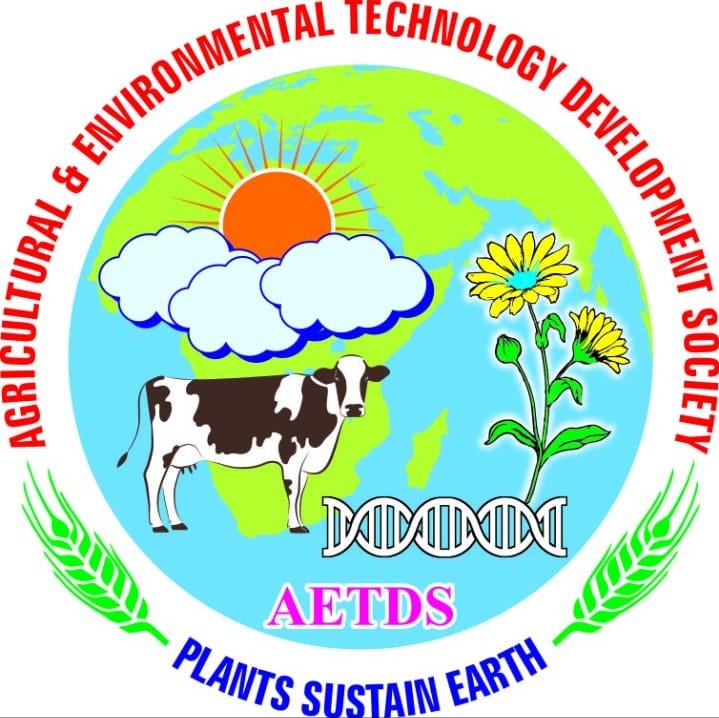
Secretary
Agricultural & Environmental Technology Development Society
Contact
Copyrights © 2024 All Rights Reserved. Powered by AEDTS

International Journal of Agricultural and Applied Sciences, June 2025, 6(1):1-6
ISSN: 2582-8053
https://doi.org/10.52804/ijaas2025.611

Research Article
The effect of intercropping on soil fertility and crop yield under smallholder farming in Rwanda: A case study of Musanze District
Gaspard Ntabakirabose1, Anthony Mwangi Muraya2 Felicien Ndaruhutse3, Maniriho Festus4 and David Mwehia Mburu5
1Forest Research Department, Rwanda Forestry Authority, Huye, Rwanda
2Department of Economics, Greenwise Consult Limited. Kigali, Rwanda.
3Impact Product and Brand Department, One Acre Fund, Kigali, Rwanda
4College of Agriculture, Animal Sciences and Veterinary Medicine (UR-CAVM), University of Rwanda, Kigali, Rwanda
5Department of Land Resources Planning and Management, College of Agriculture & Natural Resources, Jomo Kenyatta University of Agriculture and Technology (JKUAT), Nairobi, Kenya
*Corresponding author e-mail: gmutago@gmail.com
(Received: 12/12/2024; Revised: 15/03/2025; Accepted: 25/04/2025; Published: 20/06/2025)
ABSTRACT
Intercropping, the practice of growing two or more crops simultaneously on the same piece of land, has been widely acknowledged for its potential to improve soil fertility, crop yields, pest control, and the overall economic sustainability of smallholder farms. This study investigates the effect of intercropping systems on soil fertility, crop yields, pest control, and economic outcomes among smallholder farmers in Musanze District, Rwanda. A stratified random sampling method was used to select smallholder farms that practice either intercropping or monocropping. Quantitative data on soil fertility and crop yields were analyzed using SPSS to determine the effect of intercropping compared to monocropping. Soil fertility parameters were compared using paired t-tests or ANOVA. Data were collected from 120 smallholder farms practicing either intercropping or monoculture. Soil samples were analyzed for key fertility indicators (nitrogen, phosphorus, and organic matter), while crop yields, pest incidence, and input costs were recorded throughout the growing season. Results show that intercropping significantly enhanced soil fertility, particularly nitrogen levels, by including leguminous crops that fix nitrogen. Furthermore, intercropping increased overall crop yields by 15–30% compared to monoculture farming, with the highest yield improvements observed in maize-bean and maize-potato intercropping systems. Intercropping also demonstrated an effective reduction in pest populations, especially for maize stalk borers and aphids, resulting in lower pesticide use and better crop health. Economically, intercropping systems were more cost-effective, as they required fewer chemical inputs (fertilizers and pesticides) and offered greater market value through the combined sale of multiple crops. The study highlights that intercropping not only improves soil fertility and yields but also contributes to greater income diversification and financial resilience for smallholder farmers in Musanze District. This research underscores the importance of promoting intercropping as a sustainable agricultural practice in Rwanda, offering multiple benefits to smallholder farmers by enhancing soil health, boosting yields, controlling pests, and improving economic stability. Further policy support and farmer education on best intercropping practices are essential to maximize these benefits and encourage widespread adoption.
Keywords: Effect, Intercropping System, Soil Fertility, Crop Yield, Smallholder Farmers